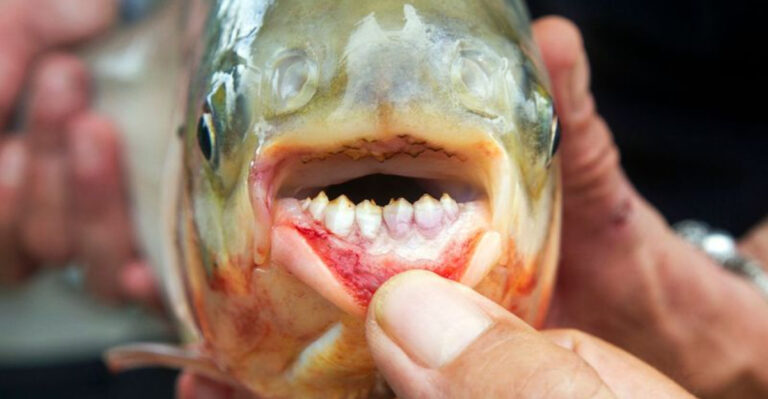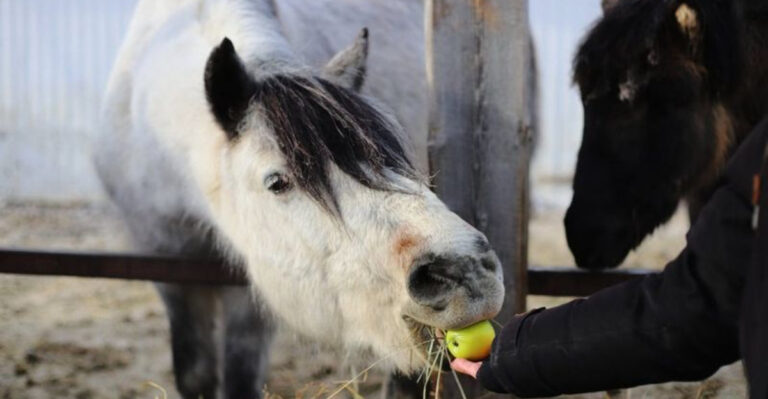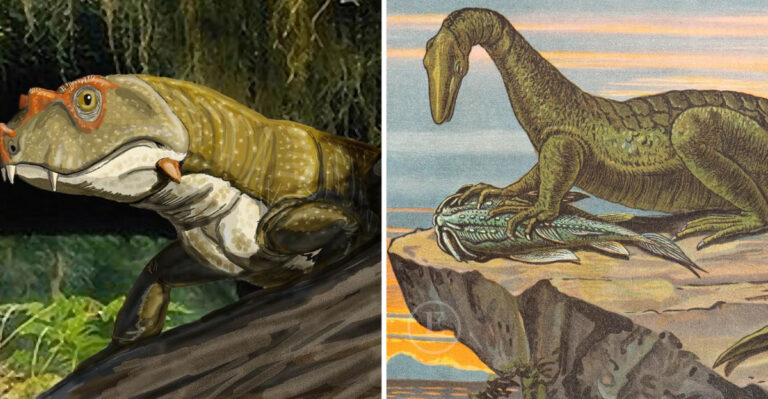These Animals Can Hold Their Breath Underwater The Longest
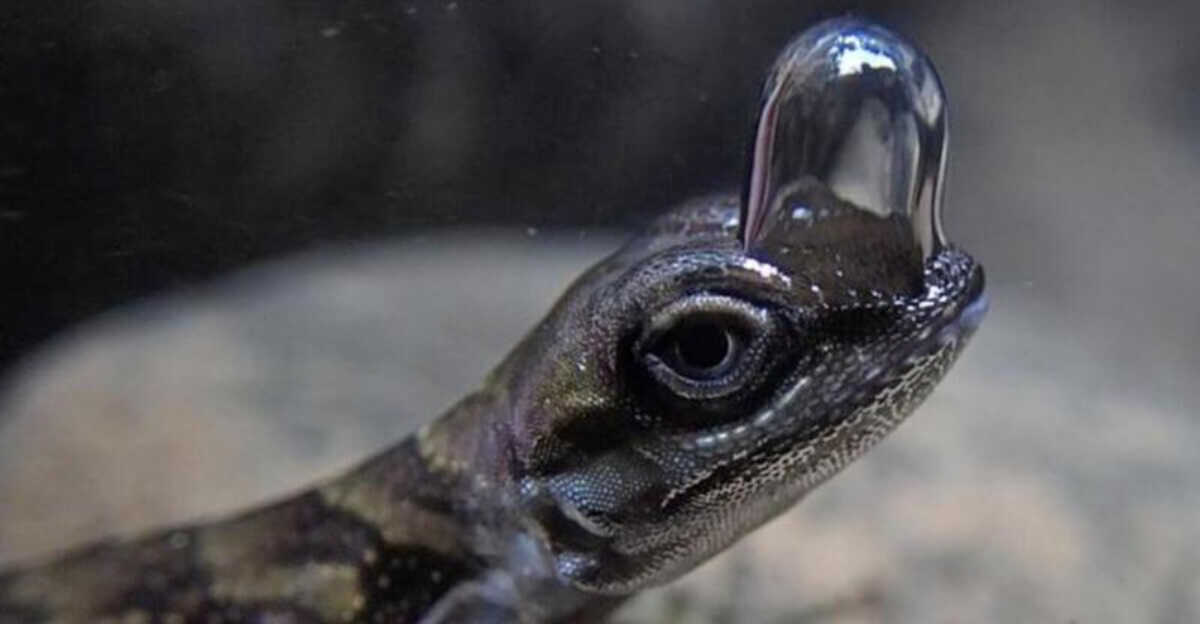
Ever wonder which creatures can stay underwater without coming up for air? Some animals have evolved extraordinary abilities to hold their breath for surprisingly long periods.
From massive whales to tiny lizards, these underwater breath-holding champions have developed specialized adaptations that help them survive in aquatic environments. Get ready to be amazed by these remarkable breath-holding abilities!
1. Cuvier’s Beaked Whale
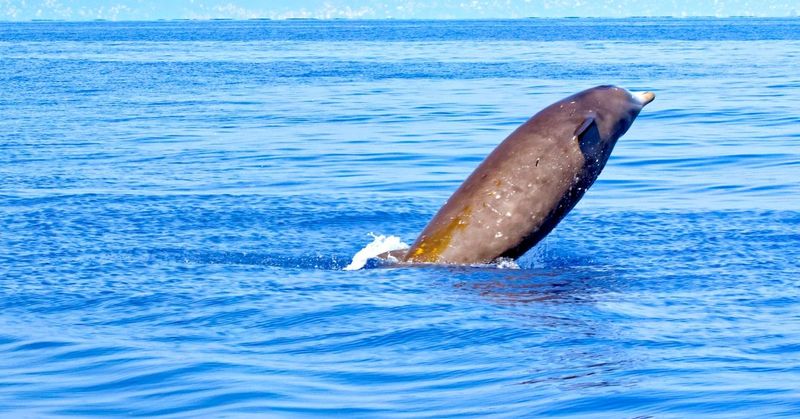
The undisputed champion of underwater endurance, this remarkable whale can hold its breath for an astonishing 138 minutes—that’s over two hours! Scientists were stunned when they recorded this record-breaking dive.
These elusive deep-divers have specially adapted muscles that store extra oxygen and reduced metabolic rates when submerged. Their unique physiology allows them to hunt squid in the ocean’s darkest depths without needing to surface.
2. Loggerhead Sea Turtle
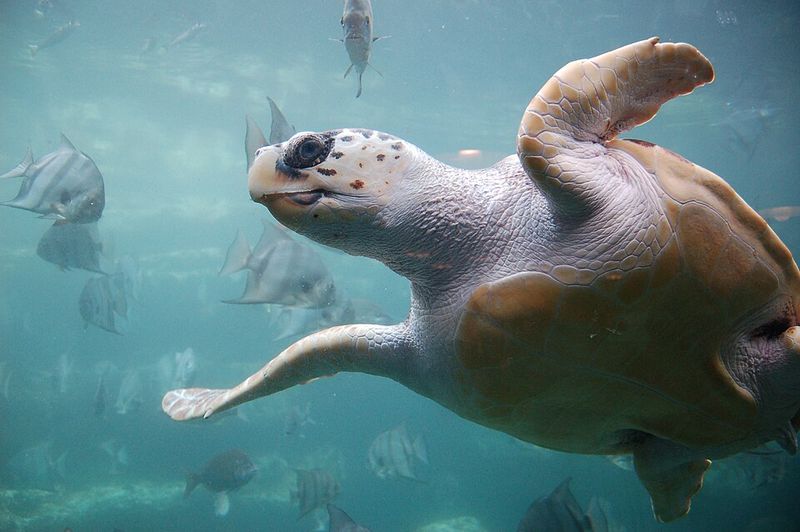
While you’re catching eight hours of sleep, these remarkable reptiles can spend over ten hours underwater without taking a single breath! Their superpower comes from being cold-blooded.
During rest periods, loggerheads dramatically slow their metabolism, requiring minimal oxygen. Some have been observed tucked under ledges on the ocean floor, seemingly in a trance-like state while conserving energy and extending their underwater time.
3. Northern Elephant Seal
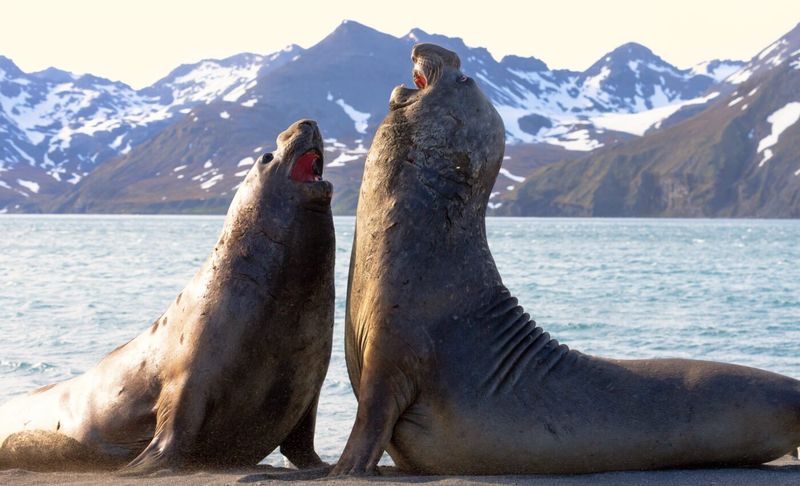
Masters of the deep-sea plunge, these massive mammals can stay submerged for nearly two hours straight! Their blood contains unusually high concentrations of oxygen-carrying hemoglobin.
When diving, elephant seals collapse their lungs completely—a technique that prevents nitrogen absorption and decompression sickness. Their heart rates also drop dramatically, sometimes to just 4-15 beats per minute, conserving precious oxygen during their impressive deep-sea hunting expeditions.
4. Sperm Whale
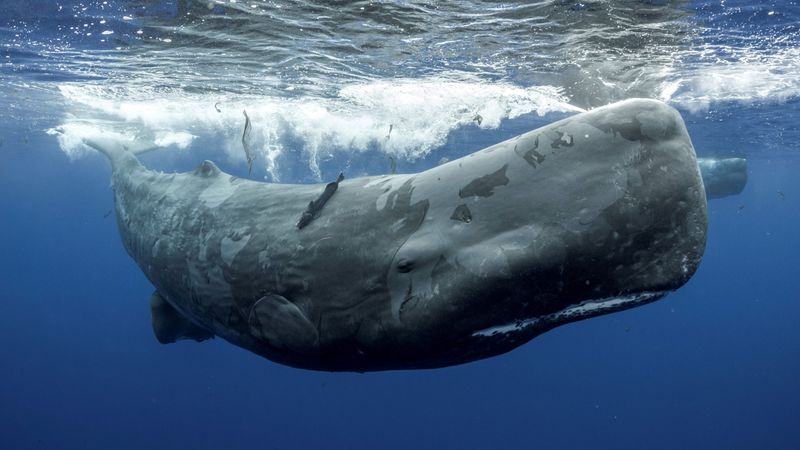
Armed with the largest brain on Earth, these ocean giants plunge to crushing depths exceeding 2,250 meters—deeper than 7 football fields stacked end-to-end! Their 90-minute breath-holding capability supports epic hunting journeys.
Sperm whales store oxygen in specialized blood and muscle tissues. Their unique physiology includes flexible ribcages that collapse under pressure without damage, allowing them to chase giant squid through the midnight zones of our oceans.
5. Southern Elephant Seal
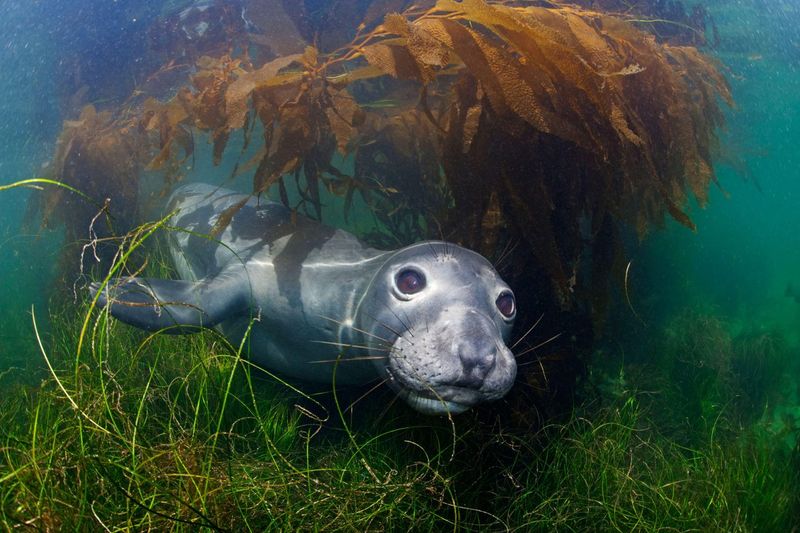
As the largest seals on Earth, these blubbery behemoths regularly plunge nearly 2,400 meters below the surface—deeper than most submarines can safely travel! Their two-hour underwater marathons would leave Olympic swimmers gasping.
Specialized myoglobin in their muscles stores massive oxygen reserves. During dives, their bodies shunt blood away from non-essential organs to prioritize the brain and heart, allowing these magnificent creatures to hunt prey in near-freezing abyssal waters.
6. Harbor Seal
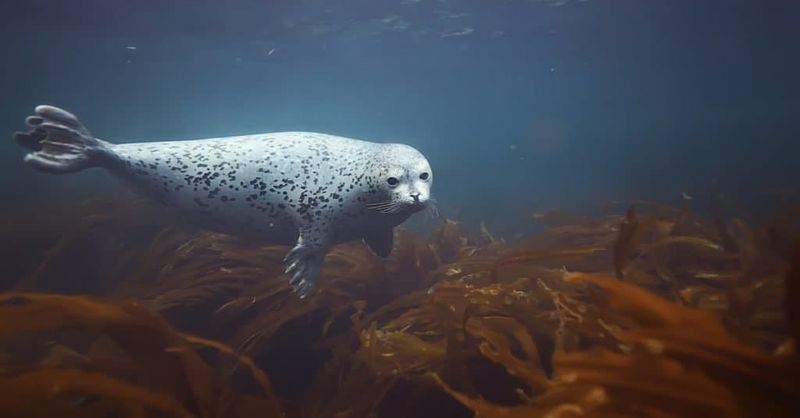
Don’t let their puppy-dog eyes fool you—these coastal swimmers can vanish underwater for half an hour without breaking a sweat! Their slowed heart rate drops from 120 beats to just 10 beats per minute when submerged.
Harbor seals possess blood with exceptional oxygen-carrying capacity. Their bodies automatically shut down non-essential functions during dives, directing oxygen to vital organs only. This remarkable adaptation allows them to chase fish through kelp forests and rocky reefs with impressive underwater stamina.
7. Emperor Penguin
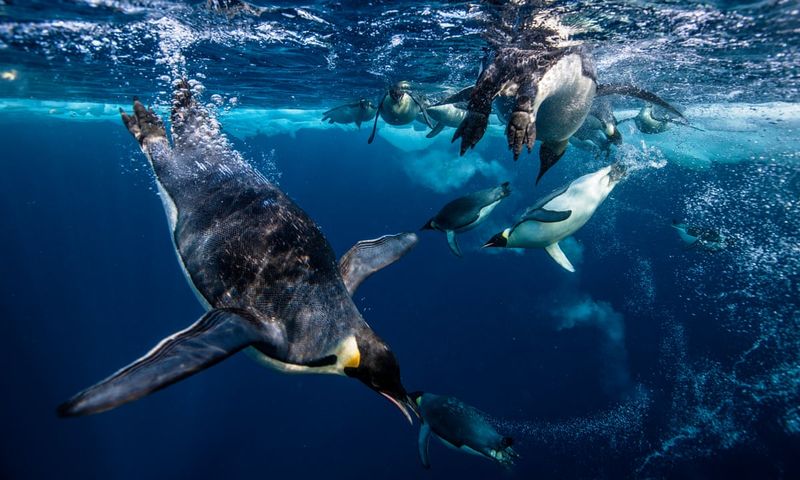
Antarctica’s tuxedo-clad divers can plunge 500 meters deep while holding their breath for an impressive 20 minutes! Their bodies contain more myoglobin—an oxygen-storing protein—than almost any other bird.
Emperor penguins exhale before diving, reducing buoyancy and preventing nitrogen absorption. Their solid bones (unlike other birds’ hollow ones) help them sink efficiently. Special adaptations even allow them to extract oxygen from their feathers, extending their underwater hunting expeditions in frigid Antarctic waters.
8. Leatherback Sea Turtle
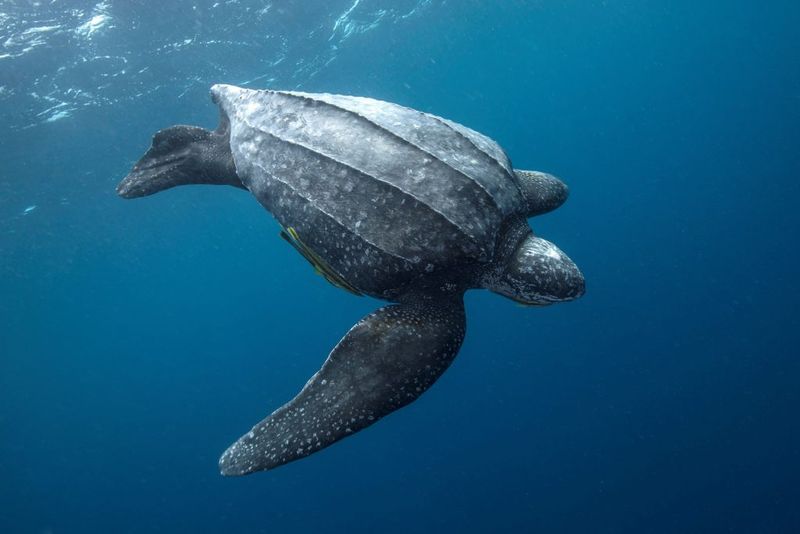
The heavyweight champion of turtles can cruise underwater for over 70 minutes on a single breath! These ancient mariners have remained largely unchanged for 100 million years.
Leatherbacks possess specialized blood vessels that extract maximum oxygen from each breath. Their large body size and efficient metabolism help conserve energy during deep dives. Unlike other turtles, their flexible, leathery shells can actually compress at depth, allowing them to withstand extreme pressure while hunting jellyfish.
9. Manatee
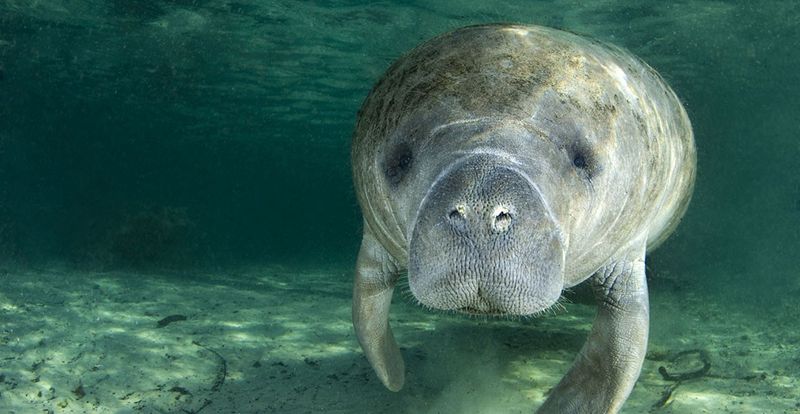
These gentle “sea cows” might look sluggish, but they can stay underwater for up to 15 minutes when resting! Their large lungs run nearly the entire length of their bodies, storing impressive air reserves.
Manatees have evolved unusually dense bones that act as ballast, helping them remain submerged without effort. Their slow metabolic rate—one-third that of similarly sized land mammals—allows them to conserve oxygen while grazing on underwater vegetation for extended periods in warm coastal waters.
10. Dugong
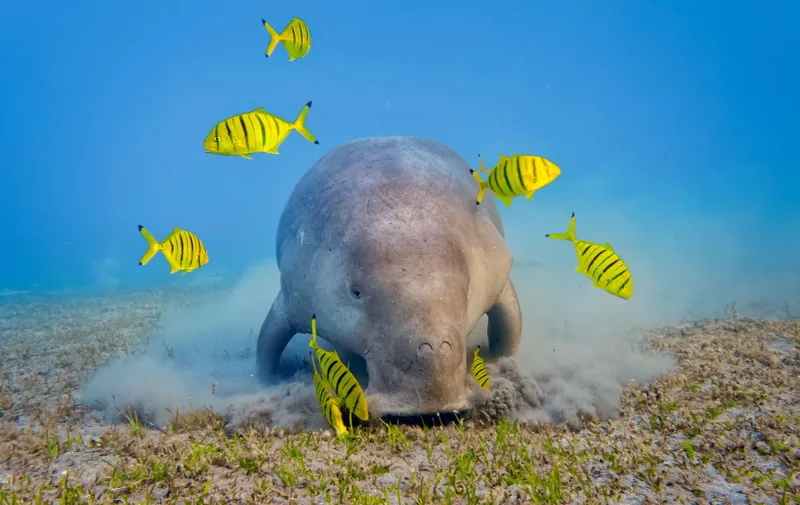
Often mistaken for their manatee cousins, these marine grazers can browse underwater meadows for six uninterrupted minutes before surfacing! Ancient sailors once mistook them for mermaids—though the resemblance seems questionable.
Dugongs possess highly efficient lungs that extract maximum oxygen from each breath. Their slow, deliberate movements conserve energy while feeding. Unlike manatees, dugongs have fluked tails similar to dolphins, allowing them to swim more efficiently between breathing breaks as they harvest seagrass in tropical coastal waters.
11. Polar Bear
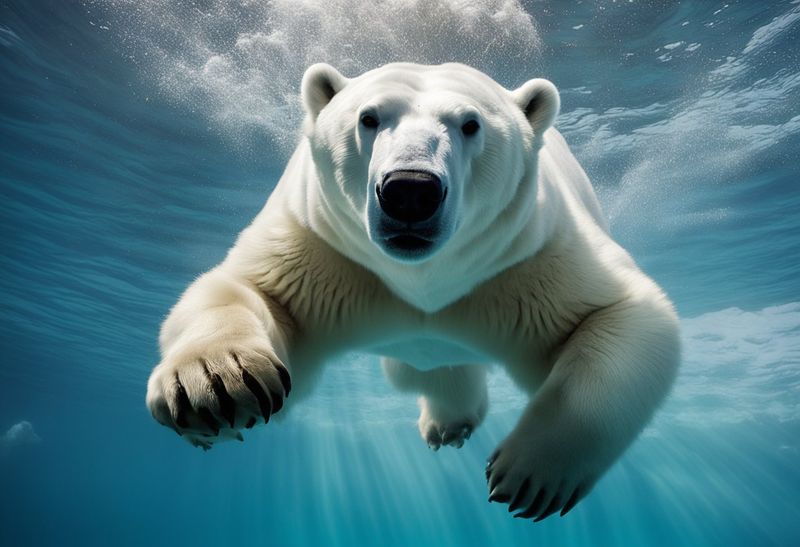
The Arctic’s supreme predator can swim underwater for two full minutes between ice floes! Their nostrils close automatically when submerged—a rare adaptation among land mammals.
Polar bears have evolved semi-webbed paws that function like paddles underwater. Their thick layer of blubber provides both insulation and buoyancy control. These remarkable adaptations allow them to silently approach seals from below, combining terrestrial hunting skills with impressive aquatic abilities in the harsh Arctic environment.
12. Water Anole
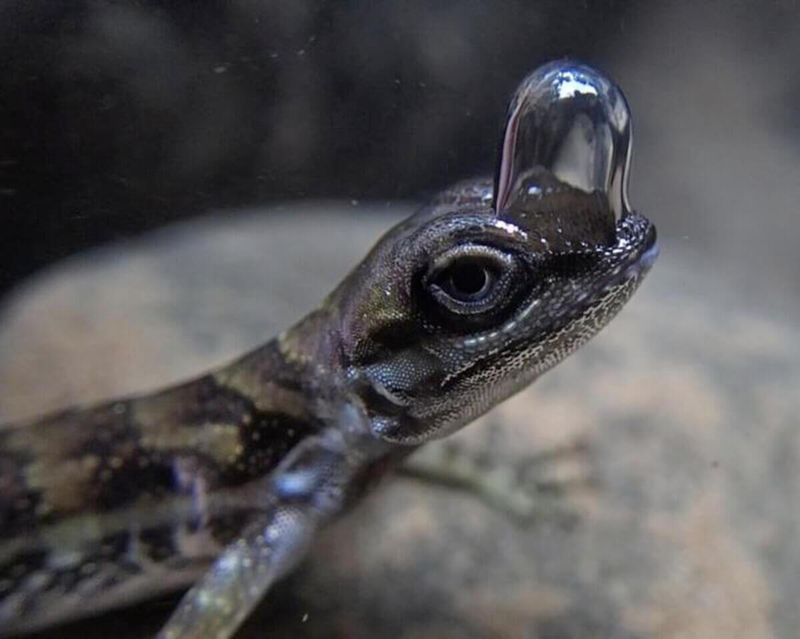
This tiny reptilian marvel can vanish underwater for 16 minutes straight! When threatened, it dives beneath the surface and creates a personal oxygen bubble using a remarkable adaptation.
Water anoles trap a thin layer of air against their water-repellent skin, essentially creating a scuba tank. This bubble allows them to extract oxygen directly from the water through their skin. Small and agile, these Central American lizards use this unique breathing technique to escape predators in tropical streams.

